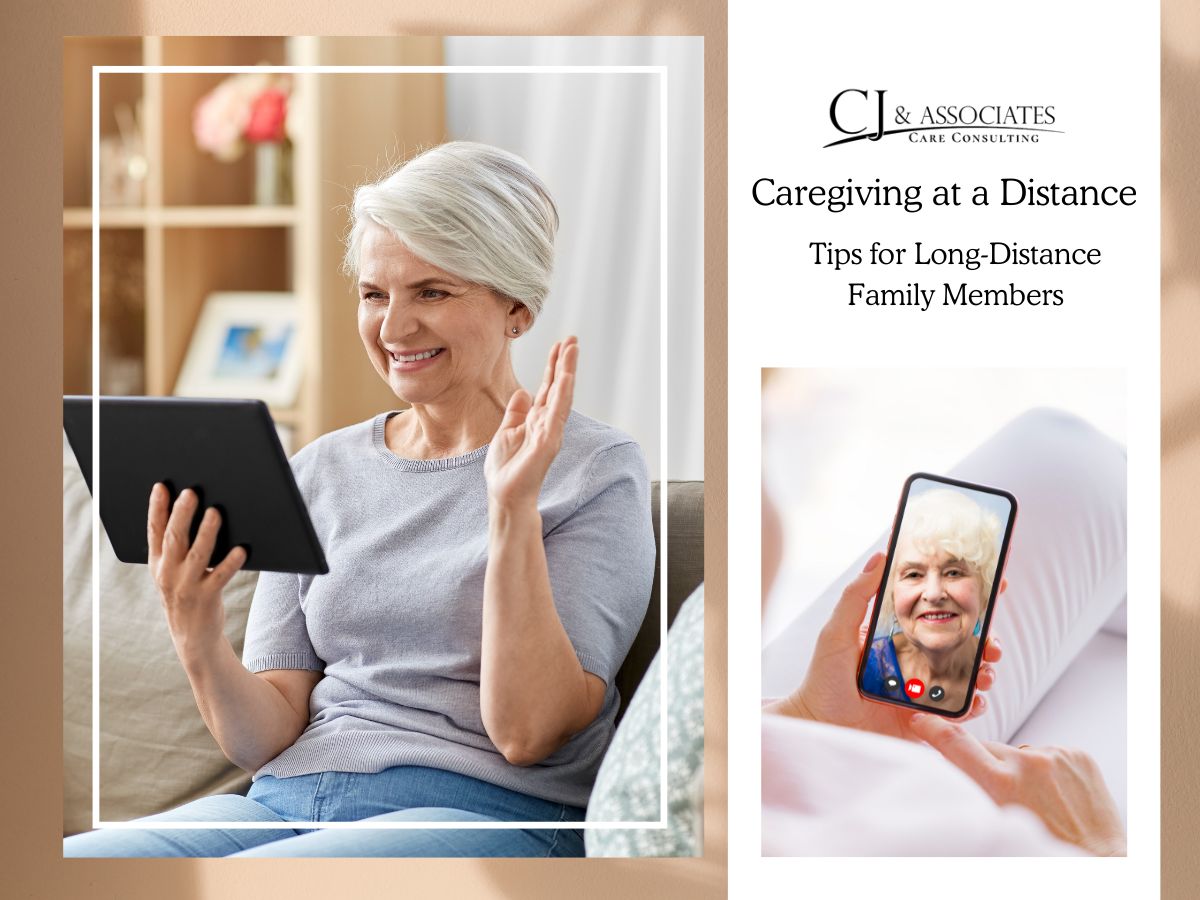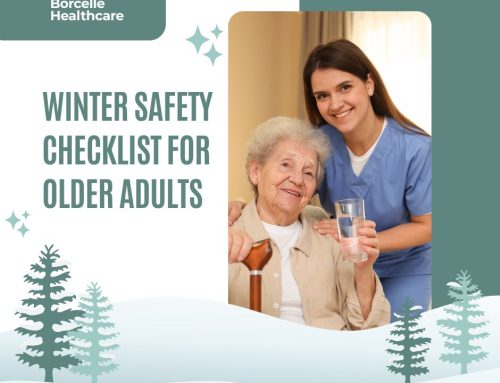Caring for an aging loved one can be challenging, and when you’re living miles away, it may feel even more overwhelming. Balancing the demands of your own life while ensuring your loved one receives proper care and support requires careful planning, clear communication, and resourceful strategies. Here are some tips to help long-distance family members stay involved and provide meaningful care for their loved ones. Establishing regular check-ins can help maintain a close connection and ensure that your loved one feels supported. When discussing their needs and preferences, it’s important to approach the conversation with empathy and patience, especially when learning how to discuss aging care. Utilizing technology, such as video calls, can also bridge the distance and foster more meaningful interactions.
Establish a Care Team You Can Trust
One of the most important steps is building a local support network. This might include nearby family members, neighbors, friends, or professional caregivers. If your loved one requires consistent assistance, consider hiring a Certified Geriatric Care Manager (GCM) who can oversee their care, coordinate services, and act as your eyes and ears on the ground. A GCM can also offer regular updates and address any concerns promptly, giving you peace of mind. Understanding family dynamics in elder care is crucial, as it can significantly impact the quality of support provided. Open communication among family members about roles and responsibilities can help alleviate stress and avoid conflicts. Additionally, fostering a collaborative environment allows for shared decision-making, ensuring that everyone’s voice is heard in the caregiving process.
Schedule Regular Communication
Set up a routine to stay connected with your loved one. Weekly video calls or daily phone check-ins can help you gauge their emotional well-being, monitor their health, and make them feel cared for. You can also use messaging apps to stay in touch with caregivers or other family members to share updates and coordinate care.
Use Technology to Your Advantage
Today’s technology makes it easier than ever to monitor and assist from afar. Install smart devices such as medication reminders, fall detection systems, and home monitoring cameras for added safety. Additionally, apps designed for caregiving can help you organize schedules, track medical appointments, and share updates with other family members or caregivers.
Stay Organized with Key Information
Maintain a record of important details such as medical history, medications, emergency contacts, and legal documents (like a power of attorney). Having this information readily available can save time and stress during emergencies. Share this information with your care team to ensure everyone is on the same page.
Visit When Possible
While it may not always be feasible, scheduling periodic visits can help you assess your loved one’s living conditions, build relationships with their local caregivers, and identify any unmet needs. During visits, observe subtle changes in their behavior, health, or home environment that may indicate they require additional support.
Provide Emotional Support
Living far away doesn’t mean you can’t be emotionally present. Send letters, care packages, or even small gifts to brighten your loved one’s day. Encourage them to engage in social activities or join local senior groups to reduce feelings of isolation. Consider suggesting creative ways to enhance their environment, such as incorporating plants or art to create a more inviting atmosphere. You might also share senior living space design tips that promote comfort and accessibility, helping them feel more at home. By remaining involved and providing thoughtful insights, you can help your loved one thrive, even from a distance.
Ask for Help When Needed
You don’t have to do it all alone. If caregiving responsibilities become too much to manage, seek professional help. Services like CJ & Associates Care Consulting specialize in creating personalized care plans, coordinating resources, and providing guidance for families navigating these challenges. It’s important to recognize the signs you need caregiving help, such as feeling overwhelmed, experiencing burnout, or noticing a decline in the well-being of your loved one. Taking the step to seek assistance can greatly improve the quality of care and reduce stress for everyone involved. Remember, reaching out for support is a sign of strength, not weakness.
Final Thoughts
Caregiving at a distance requires flexibility, patience, and creativity. While it’s not always easy, your efforts to stay involved can make a world of difference for your loved one’s well-being. By leveraging resources, maintaining open communication, and building a strong care network, you can provide meaningful support—even from afar. Additionally, it’s crucial to recognize the importance of respite care, as it allows primary caregivers a necessary break to recharge. This not only enhances their ability to support their loved ones but also contributes to their own mental and emotional health. By prioritizing self-care and seeking temporary support, caregivers can maintain a sustainable approach to their responsibilities. As you navigate the challenges of caregiving from a distance, it can be helpful to establish new care goals for 2025 that align with both your loved one’s needs and your capacity to provide support. Setting specific, achievable objectives can clarify your focus and make it easier to monitor progress over time. Remember, adapting to changing circumstances is essential for ensuring that both you and your loved one continue to thrive.






